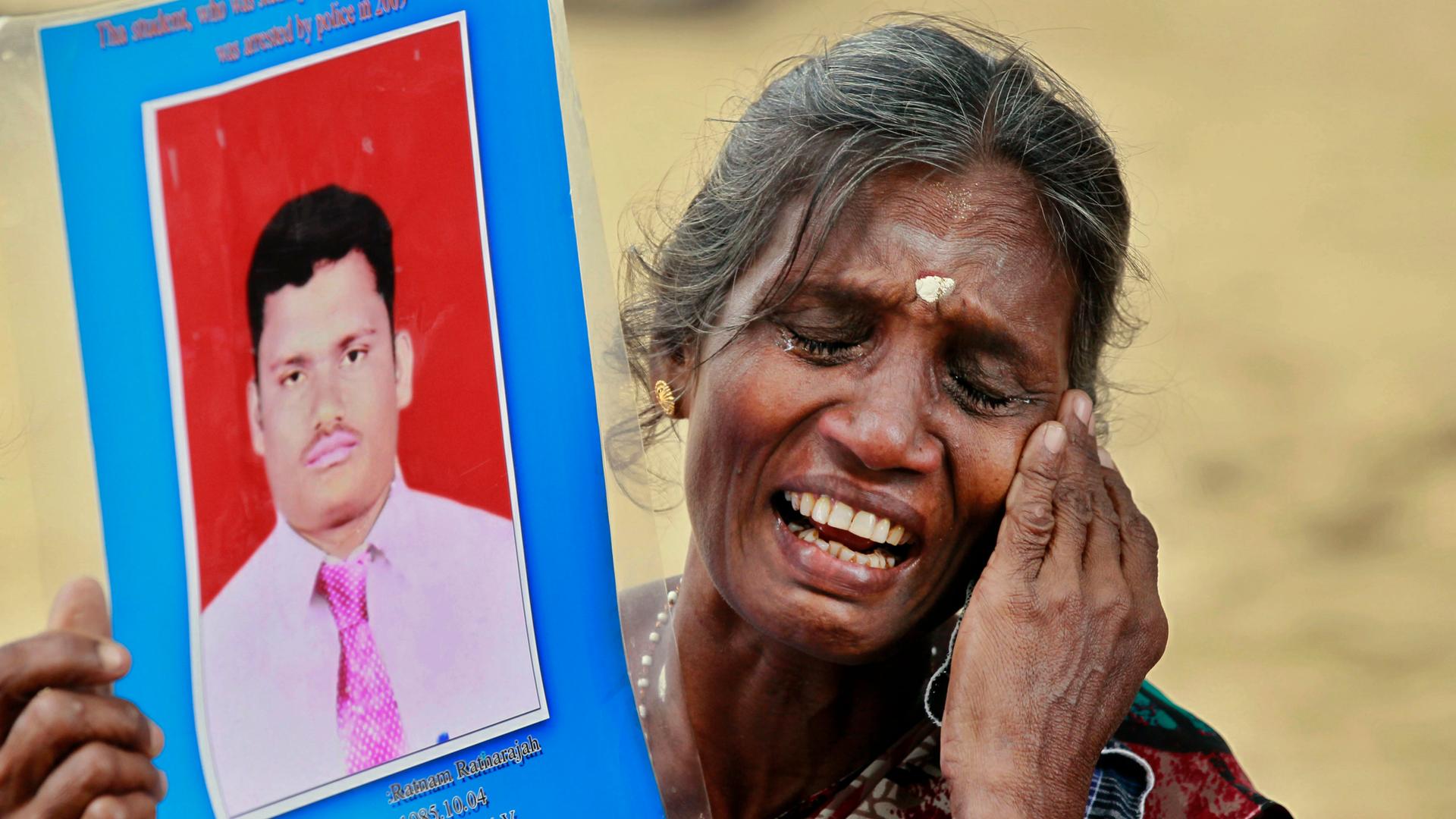This analysis was featured in Critical State, a weekly newsletter from The World and Inkstick Media. Subscribe here.
Political violence research doesn’t analyze the physical artifacts of insecurity too much anymore. Instead, researchers’ time is mostly taken up with important intangibles — game theory, incentive structures, public opinion, and the like. But the physicality of things is crucial to understanding how insecurity manifests. This week and next on Deep Dive, Critical State takes a look at new research on the objects that make up the world of political violence.
Related: Afghans in Turkey hope for peace in their home country
In a new article in the European Journal of International Relations, political scientists Kate Cronin-Furman and Roxani Krystalli examine mementos of suffering that victims of human rights abuses keep close at hand. These small artifacts of harm — copies of testimony about a dead relative, photographs of a disappeared friend, newspaper clippings chronicling a kidnapping — take on outsized importance in the lives of people who have suffered abuses, especially at the hands of state forces. Because accountability for such abuses is so rare, the items are often the only concrete evidence available that the abuses actually took place.
Related: Following loss in war, Armenians bid adieu to Kelbajar area
Cronin-Furman and Krystalli spoke to dozens of victims and their families across two very different post-conflict contexts: Colombia, where a robust transitional justice program is underway that provides hope for some form of accountability for wartime abuses, and Sri Lanka, where transitional justice initiatives have been effectively defunct. In both countries, they asked how people went about documenting abuses and what that documentation, once gathered, means to the people who keep it.
Related: In Mexico, the unending drug war takes its toll
Colombia’s Observatory of Memory and Conflict reports that 82,998 people were disappeared in the country between 1958 and 2017, when a peace agreement ending the long-running war between the government and FARC (Revolutionary Armed Forces of Colombia) rebels was implemented. Since 2011, the country has had a Victims Unit — a government office dedicated to identifying people who have suffered human rights violations during the conflict. The violence was so widespread that almost 1 in 6 Colombians have been named as official victims by the unit. Recognition as a victim allows people to receive certain benefits and considerations from the government.
Related: In rural Colombia, former FARC rebels now fight for jobs and security
As a result, documentation of abuses in Colombia tends to be quite bureaucratic. One woman whose husband was disappeared in 2010, showed Krystalli five different official documents she kept that confirm various steps of her acceptance on the victims registry. The documents have state seals and signatures from key officials, and the woman keeps them as both legal proof of her eligibility for reparations and as a testament to the time and effort she spent navigating state bureaucracy to secure them. Indeed, for some other Colombians Krystalli spoke to, the bureaucratization of victimhood has given the transitional justice process the veneer of legitimacy while avoiding major issues. A human rights defender told her that government officials “just want the victims running around filling out forms until we die,” and a woman whose son was disappeared said, “I do not want another letter from the government. I just want to know what happened to my son.”
In Sri Lanka, however, where an estimated 146,000 Tamils went missing near the end of a long civil war between Tamil rebels and the Sinhalese-dominated Sri Lankan state, there is no bureaucratic equivalent to the Victims Unit. The conflict ended in 2009, but an official Office of Missing Persons wasn’t set up until 2018, and it has accomplished little. Instead, families of the disappeared who want assistance from the government are forced to apply for death certificates for their relatives. As many family members told Cronin-Furman, government pressure to say that their relatives are dead feels like an implicit threat: Absolve us of the responsibility of acknowledging what happened to your relatives or we will force you to remain living in poverty.
Related: What the US can learn from Sri Lanka’s 2018 coup attempt
Rather than give into that pressure, many Tamil families keep their records of lost loved ones from the state and use them in rituals of mourning and remembrance. Though the Tamil holiday recognizing fallen independence fighters is officially banned, many families still bring photographs and other mementos to burial sites on the day to honor the dead and disappeared. Many also hold on to evidence of the disappeared in the hopes that one day, the international community will put enough pressure on the Sri Lankan state that it will make real efforts to pursue transitional justice and investigate cases of disappearance.
In cases where there are powerful political incentives to deny that human rights abuses took place, the evidence of abuses that victims keep is a vital connection to the truth. That evidence can be the foundation of bureaucratic state structures of transition and reparation, and it can be a deeply personal bulwark against those who would say that the abuses didn’t happen or don’t matter. Often, it is both.
Critical State is your weekly fix of foreign policy without all the stuff you don’t need. It’s top news and accessible analysis for those who want an inside take without all the insider bs. Subscribe here.
